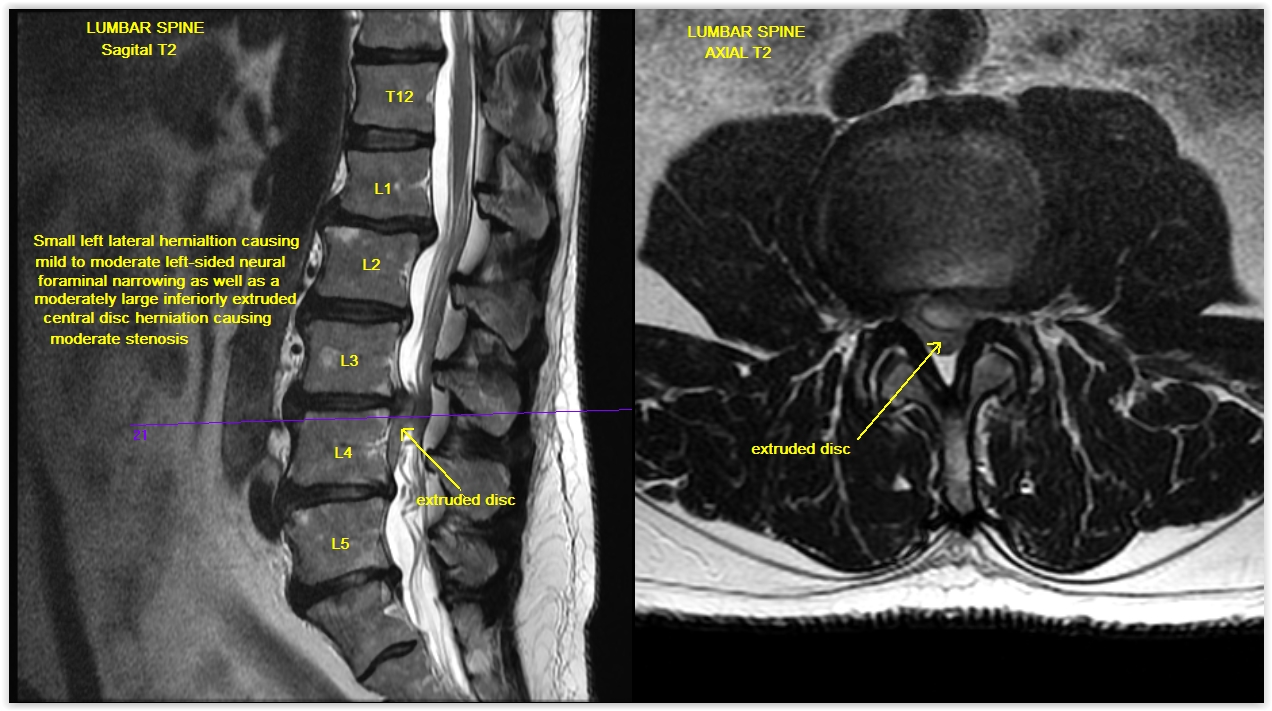


Loss of bladder and bowel control can be extremely distressing and have a highly negative impact on social life, work and relationships. People with CES may no longer be able to work, either because of severe pain, socially unacceptable incontinence problems, motor weakness and sensory loss – or a combination of these problems. Cauda Equina is a relatively rare condition and therefore data on long term outlook is limited.ĬES can affect people both physically and emotionally, particularly if it is chronic. Many of these patients also require long term follow-up with rehabilitation medicine. Following surgery, drug therapy coupled with intermittent self-catheterization can help lead to a slow, but steady, recovery of bladder and bowel function.įollow-up with the patient’s surgeon occurs a few weeks after surgery to check healing and progress. Even patients who undergo surgery after the 48-hour ideal time frame may experience improvement.Īlthough short-term recovery of bladder function may lag behind reversal of lower extremity motor deficits, the function may continue to improve years after surgery. Treating patients within 48 hours after the onset of the syndrome provides a significant advantage in improving sensory and motor deficits as well as urinary and rectal function. Prompt surgery is the best treatment for patients with CES. Those experiencing any of the red flag symptoms should be evaluated by a neurosurgeon or orthopedic spine surgeon as soon as possible. Left untreated, CES can result in permanent paralysis and incontinence.
When to give mr contrast after lumbar surgery free#
The goal is to free up the compressed nerve roots and give them the best chance of recovery possible. Once the diagnosis of CES is made and the etiology established, urgent/emergent surgery is usually the treatment of choice. Myleogram: : An X-ray of the spinal canal following injection of a contrast material into the surrounding cerebrospinal fluid spaces can show displacement on the spinal cord or spinal nerves due to herniated discs, bone spurs, tumors, etc.If no MRI is available, this study can give information helpful to evaluate the anatomy of the region, particularly if done in combination with a myelogram described below. Visualization of the discs are not as easily seen on CT scan. If CES is secondary to bone collapse from trauma or cancer, this study can help define that. CT Scan: An x-ray of the spinal canal that gives good definition of the bone.MRI produces images of the spinal cord, nerve roots and surrounding areas. Magnetic resonance imaging (MRI): A diagnostic test that produces three-dimensional images of body structures using magnetic fields and computer technology.Patient history and physical exam: Extremely important to assess for cauda equina syndrome.Tests that May be Helpful in Diagnosing CES If a patient is experiencing any of the “red flag” symptoms above, immediate medical attention is required to evaluate whether these symptoms represent CES.īesides a herniated disc, other conditions with symptoms that can be similar to CES include peripheral nerve disorder, conus medullaris syndrome, spinal cord compression and irritation or compression of the nerves after they exit the spinal column and travel through the pelvis – a condition known as lumbosacral plexopathy. Pain in the back and/or legs (also known as sciatica).The weakness can affect lower extremities. Weakness or paralysis of usually more than one nerve root.“Saddle anethesia” sensory disturbance, which can involve the anus, genitals and buttock region.Incontinence of stool can occur due to dysfunction of the anal sphincter. The overfull bladder can result in incontinence of urine. The patient’s bladder fills with urine, but the patient does not experience the normal sensation or urge to urinate. Urinary retention: the most common symptom.Patients with CES may experience some or all of these “red flag” symptoms. CES is accompanied by a range of symptoms, the severity of which depend on the degree of compression and the precise nerve roots that are being compressed.


 0 kommentar(er)
0 kommentar(er)
